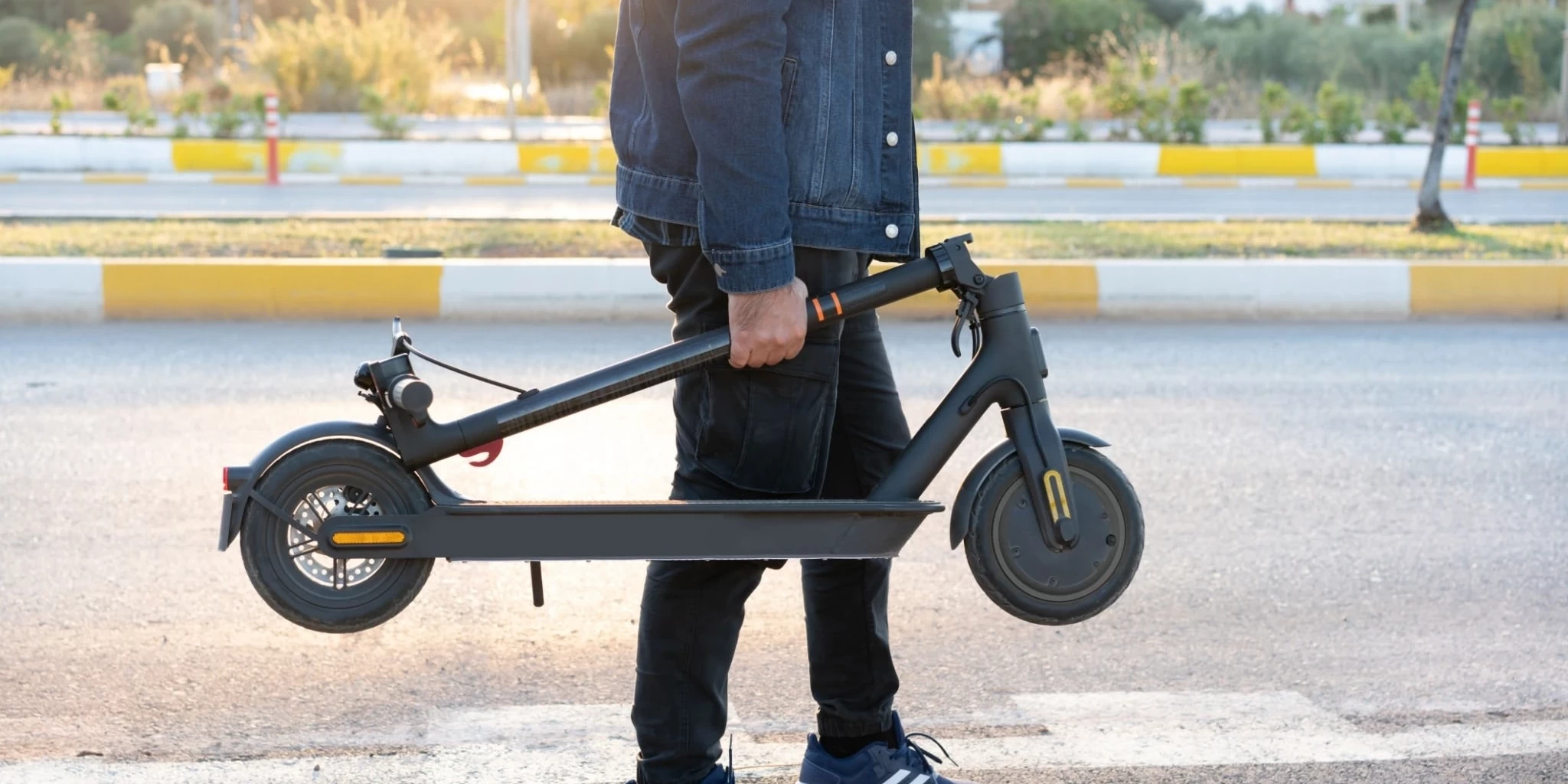Jump to:
E-scooters have taken over the streets of cities worldwide, offering an environmentally-friendly and cost-effective means of transportation. The market for these compact, two-wheeled vehicles is rapidly expanding, with a projected value of £42 billion by 2030. With this growth, there is a push to make technological advancements to enhance the user experience and improve overall safety.

Battery Life And Charging Time
One of the main concerns for e-scooter users is battery life and charging time. Current models generally range from 15-20 miles and charge for three to four hours. However, advancements in lithium-ion battery technology are set to increase the capacity of e-scooters to 40 miles and reduce charging time to under an hour.
Additionally, more efficient charging stations will be installed in cities, along with battery-swapping stations. This will benefit shared e-scooter services as it will reduce the time needed to recharge these vehicles before they can be used again.
Mobility And Range
Regarding mobility, we can expect e-scooters to become more versatile in different environments. This includes the ability to handle uneven terrain, such as gravel or cobbles, which will be particularly useful for those wanting to use them for longer distances.
The range will also increase with more powerful and efficient motors, allowing e-scooters to reach further destinations without frequent charging. Furthermore, some e-scooters may also have the option for electric assist, which will boost the rider up steep inclines or challenging terrain.
Speed And Acceleration
Speed is another area that will see some changes in e-scooter technology. Currently, most models have a top speed of around 15 mph, with acceleration being limited due to restrictions for safety reasons.
However, advancements in hardware and software will allow for higher speeds and quicker acceleration, making e-scooters a faster and more viable alternative to traditional modes of transportation. This will be particularly useful for those commuting across a city less quickly.
Safety Features
Safety is a top priority for any form of transportation, and e-scooters are no exception. Future advancements will include improved braking systems on the front and rear wheels and a better suspension to absorb shock from uneven terrain.
Additionally, some e-scooters will have sensors that can detect hazards on the road, such as potholes or debris, and adjust the speed or route accordingly. Some models may also have automatic lights that turn on when it gets dark for better visibility.

Durability And Maintenance
One of the main concerns for e-scooter operators is the vehicles’ durability and maintenance cost. Future models will have improved materials and designs to make them more resistant to wear and tear, reducing the number of repairs required.
Maintenance will also be easier with modular designs that make it simpler to replace parts, reducing the time and cost of repairs. Furthermore, some e-scooters may have self-diagnostic features, which will identify issues and alert users when it’s time for maintenance.
Comfort And Design
E-scooters will become more comfortable to ride, with better seats and suspension. Many models will also have adjustable handlebars and seat heights to accommodate riders of different sizes.
Designs will also become more innovative, focusing on aerodynamics and lighting. Some e-scooters may also adopt a foldable design, making them more portable and easier to store in smaller spaces.
Integration With Smart Technology
E-scooters will be integrated with intelligent technology, allowing users to control and monitor their vehicles through a mobile app. This includes GPS tracking, locking and unlocking mechanisms, and diagnostic checks.
Furthermore, some e-scooters may also have voice-activated controls, allowing for hands-free operation, making them safer and more convenient.

Regulations And Policies
Finally, the future of e-scooters will also depend on regulations and policies from governments and cities worldwide. There will be efforts to increase safety standards and restrict where they can be used, including designated lanes or sidewalks.
Additionally, there will be a push for shared e-scooter services to be licensed and regulated, ensuring their operators follow specific safety guidelines and maintain their vehicles properly.
The future of e-scooter technology looks promising, with advancements that will enhance the user experience and improve overall safety. With longer battery life, better mobility, increased speed and acceleration, and enhanced safety features, e-scooters will become a more viable and cost-effective transportation.
Moreover, with more comfortable and innovative designs and integration with smart technology, users will have a more enjoyable and convenient experience when using e-scooters. Finally, if governments and cities can establish proper regulations and policies, e-scooters will become valuable to urban transportation.
Peaker
Meet Peaker, our suave electric scooter enthusiast from the charming streets of London. With a passion for sustainable urban mobility, Peaker navigates the world of electric scooters with a keen eye for style and efficiency. Whether he's zipping through the city or sharing his latest scooting adventures, Peaker is your go-to guide for all things electric and eco-friendly. Join him on the ride towards a greener, swifter future!





